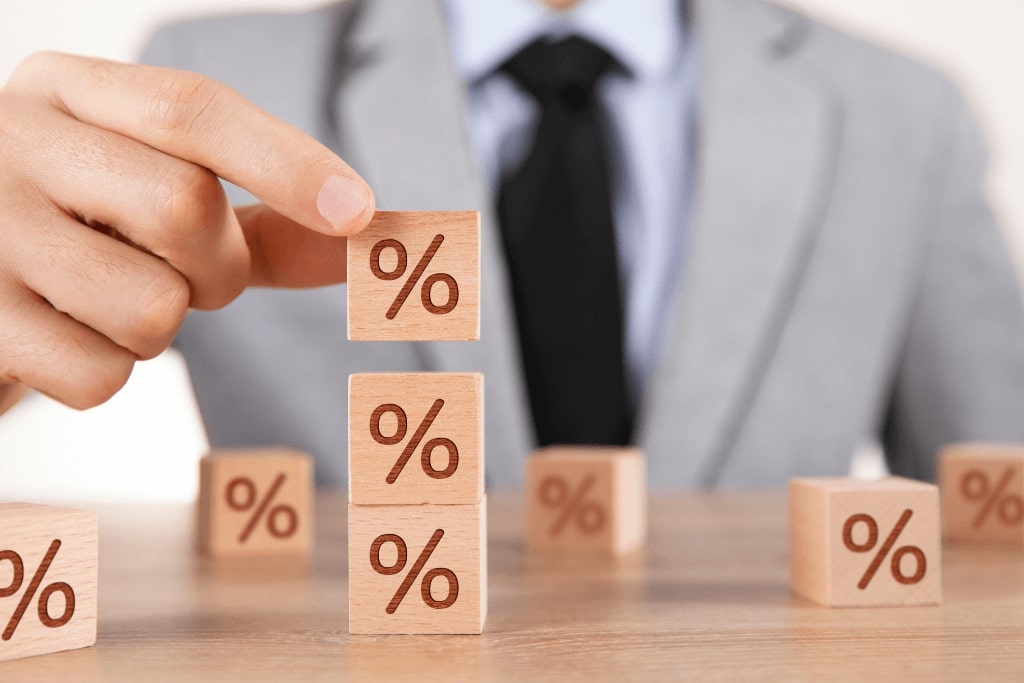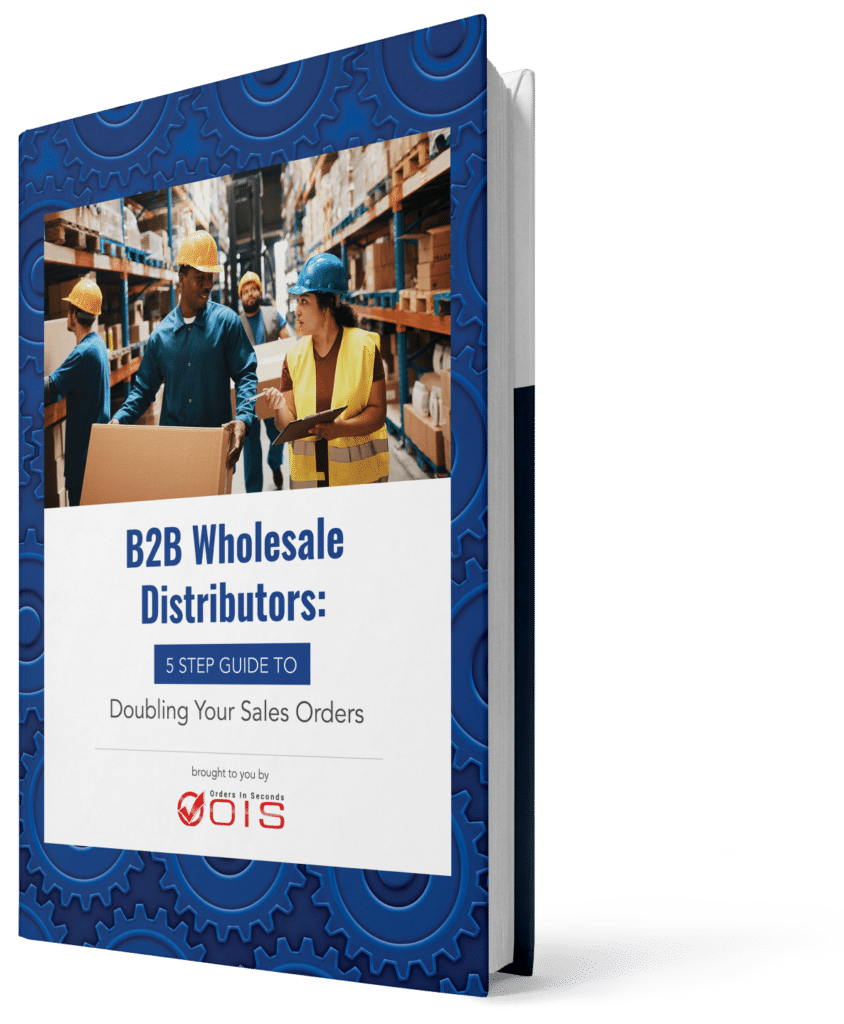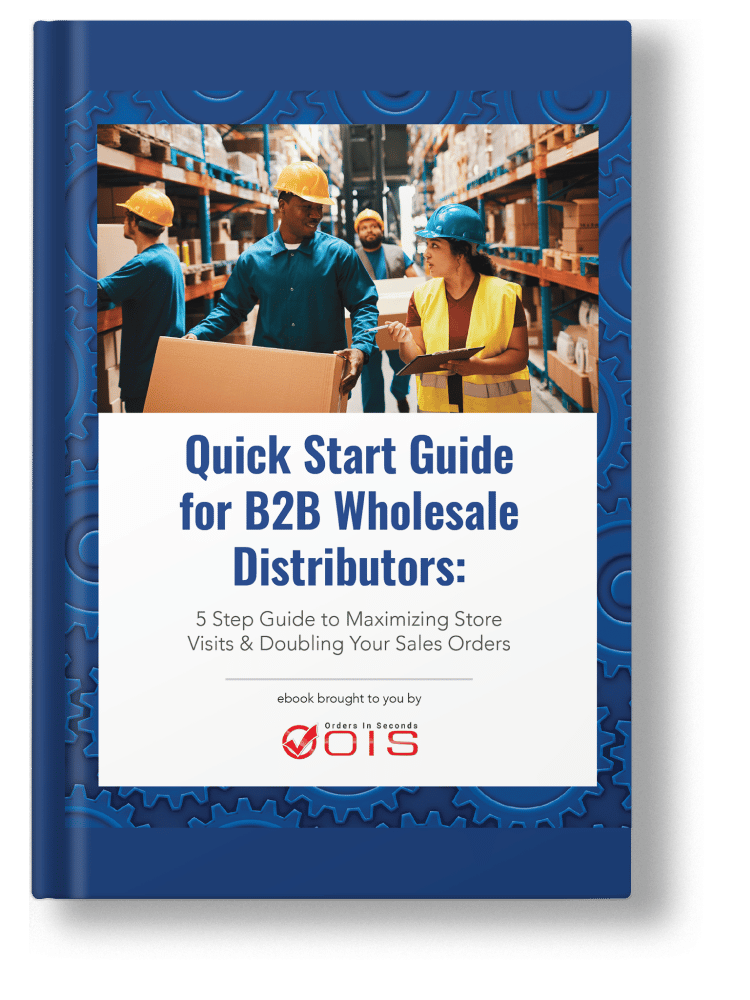Are you maximizing your business’s potential by ensuring you have an optimal fill rate? Knowing your fill rate is crucial for inventory management, directly impacting customer satisfaction and your bottom line. It’s the measure of how well you meet customer orders from existing stock without encountering backorders or stockouts. In this article, we’ll explore what fill rate is, why it matters, and provide you with clear examples and strategies to calculate and enhance it, giving you the tools to optimize operational efficiency and customer fulfillment.
Key Takeaways
- Fill rate, also known as the order fulfillment rate, is a crucial inventory management metric that reveals the percentage of customer orders fulfilled from available stock, significantly influencing customer satisfaction and loyalty.
- Calculating fill rate involves a simple formula: (number of fulfilled orders/total number of orders) x 100, which provides insights into the efficiency and effectiveness of a company’s order fulfillment process.
- Various types of fill rates, including Line, Case, Vendor, Warehouse, and Inventory Fill Rate, offer detailed perspectives on different aspects of order fulfillment, helping businesses understand and optimize their supply chain management.
Table of Contents
- Understanding Fill Rate: Definition and Importance
- Calculating Fill Rate: Formula and Examples
- Types of Fill Rates: Diving Deeper into Order Fulfillment Metrics
- Factors Affecting Fill Rate and How to Improve It
- Leveraging Technology to Optimize Fill Rate
- Ad Fill Rate: Understanding Its Importance and Calculation
- Summary
- Frequently Asked Questions
- Want to Streamline Your Order Fulfillment Process and Achieve Optimal Fill Rates?
Understanding Fill Rate: Definition and Importance

The fill rate, also recognized as the order fulfillment rate, is a key metric in inventory management. It mirrors the proportion of customer orders successfully dispatched from available stock without losing sales to backorders or stockouts. Ecommerce businesses, in particular, depend heavily on optimizing this order filling process to enhance fulfillment and delivery speeds, thereby reflecting their capability to meet customer demands effectively.
Astoundingly, it doesn’t stop at customer service. The importance of fill rate extends to measuring the efficiency of inventory management and the overall operational efficiency of a business. High fill rates result in improved customer loyalty and repeat purchases, as it measures the reliability of receiving purchases as expected.
However, even small mistakes in order fulfillment can negatively impact your fill rate. To learn more about common pitfalls and how to avoid them, download below our free ebook: “Avoid the Top 5 Mistakes Wholesale Distributors Make”
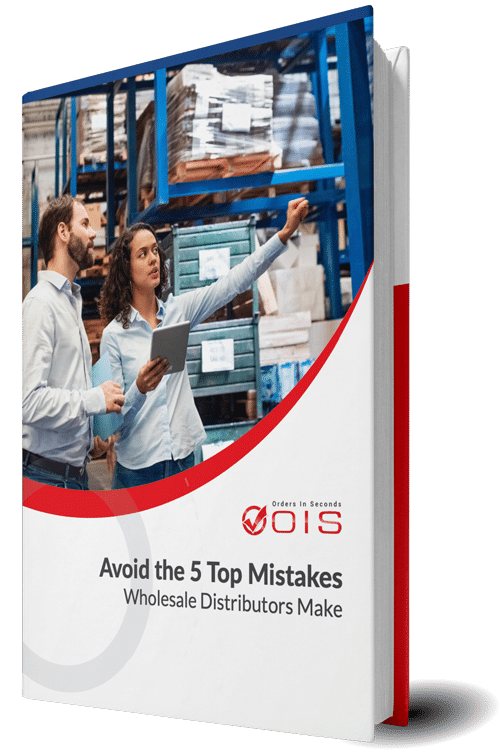
Avoid the Top 5 Mistakes Wholesale Distributors Make
What is Fill Rate?
Simply put, the fill rate is the measurement of a business’s efficiency in fulfilling customer orders without backorders or stockouts. It reflects the percentage of customer orders that are immediately fulfilled by available stock. This might seem like a straightforward concept, but it has profound implications. It’s a commonly used performance measure in inventory control, designed to indicate the fraction of demand that can be met from inventory without shortages. In some circles, it’s also known as fill percentage, emphasizing its nature as a proportion of successfully fulfilled orders.
Why is Fill Rate Important?
A high order fill rate is essential in building trust and loyalty with customers. It’s all about meeting expectations. When customers place orders, they expect them to be fulfilled and shipped promptly. A high order fill rate ensures that most or all of the orders are processed and dispatched immediately, contributing to customer satisfaction.
It’s not just about the here and now. A consistently high fill rate is an important metric tracked by ecommerce businesses to reflect their ability to meet future customer demand. Hence, the fill rate is an indispensable facet of customer service, inventory management, and overall operational efficiency.
Empowering Retailers to Achieve High Fill Rates
Ensuring a high fill rate is critical for both wholesalers and retailers. Empty shelves lead to lost sales and frustrated customers. The OIS Pro App’s suggested quantity feature bridges the gap by empowering wholesalers to help their retail partners for success.
This OIS Pro feature analyzes a retailer’s sales and recommends optimal inventory levels to prevent out-of-stocks for each product. Armed with this valuable information, wholesalers can guide retailers in ordering the right amount of stock to meet customer demand. This translates to a higher fill rate for retailers, happier customers, and ultimately, increased sales for both the wholesaler and the retailer. OIS Pro App fosters a stronger collaboration between wholesalers and retailers, working together to optimize the supply chain and achieve shared success.
Calculating Fill Rate: Formula and Examples

The beauty of fill rate lies in its simplicity. The calculation is straightforward: divide the number of fulfilled orders by the total number of orders, then multiply the result by 100 to get a percentage. This calculation provides a clear and concise picture of your business’s order fulfillment efficiency.
For instance, if a company receives 100 orders and ships 90 of those, the fill rate would be calculated as (90/100) x 100, resulting in a fill rate of 90%.
Fill Rate Formula
Breaking down the fill rate formula, it starts with the number of fulfilled orders. These are the orders which are completed and delivered to the customer without any stockouts.
The total orders represent the sum of both fulfilled and unfulfilled customer orders received within a specific period.
The ratio from fulfilled orders divided by total orders is then multiplied by 100 to express the fill rate as a percentage.
Calculation Examples
Let’s delve into some examples. Here are a few scenarios to illustrate fill rate calculations:
If a business ships 225 out of 260 orders in a month, the fill rate calculation would yield approximately 87%.
In another scenario, a fill rate of 95% is achieved when a business fulfills 475 out of 500 orders without any issues.
Even on a smaller scale, a 75% fill rate is achieved when 45 out of 60 orders are shipped within the calculated period.
These examples demonstrate how the average fill rate is calculated in different situations.
Regardless of the number of orders, the fill rate calculation provides a reliable indicator of efficiency in order fulfillment.
Types of Fill Rates: Diving Deeper into Order Fulfillment Metrics
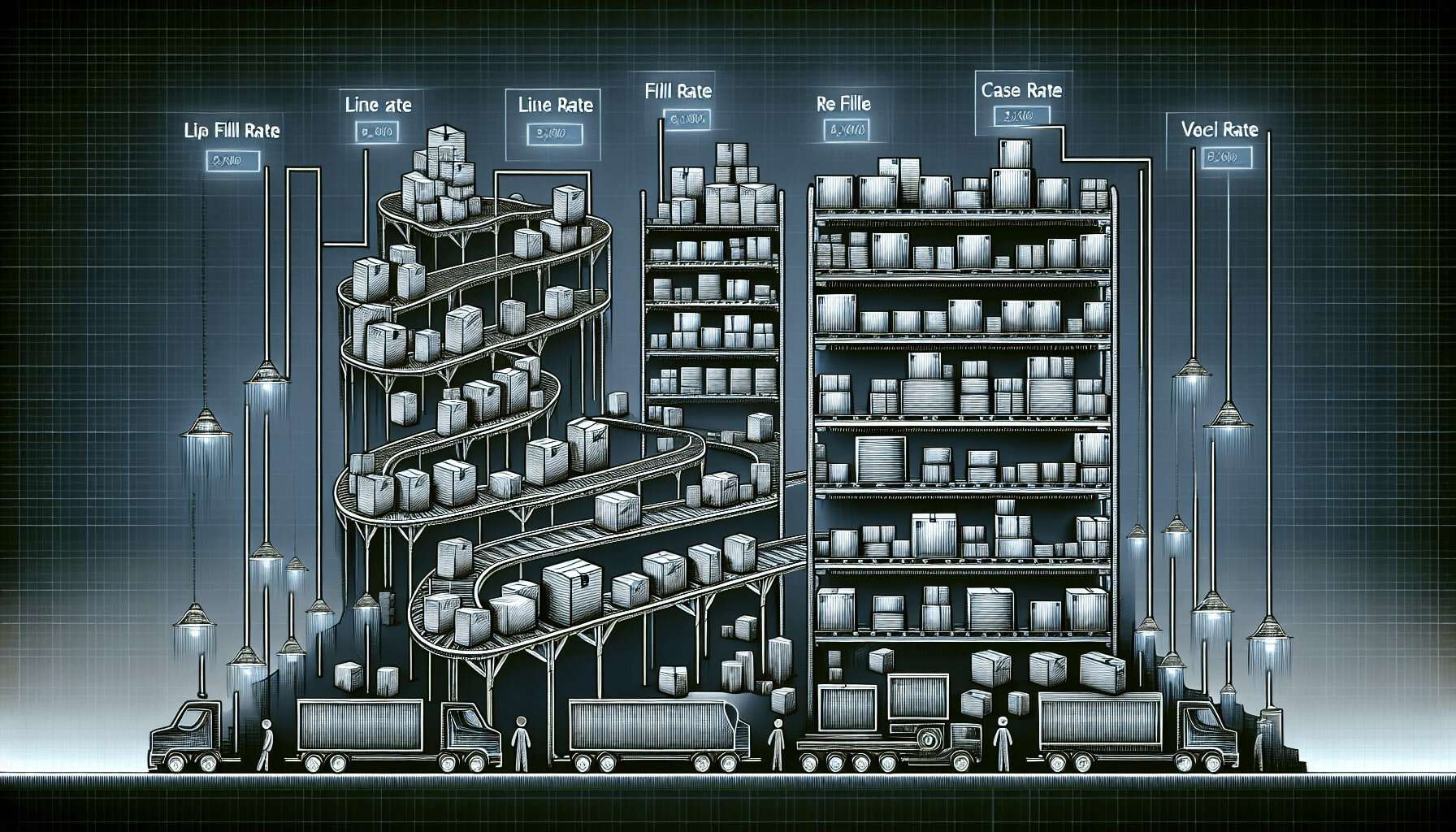
While we’ve explored the concept of fill rate in general, it’s important to understand that there are different types of fill rates, each offering unique insights into various aspects of order fulfillment. Variations such as:
- Line Fill Rate
- Case Fill Rate
- Vendor Fill Rate
- Warehouse Fill Rate
- Inventory Fill Rate
All offer their own unique perspectives, providing a more granular view of order fulfillment efficiency.
These variations are crucial to understand, given their distinct effects on customer expectations within the realm of inventory management and customer service.
Line Fill Rate
Line fill rate is a metric that steps into the limelight when it comes to fulfilling each specific item in an order. The fulfillment percentage indicates the ratio of completed order line items to the total number of items requiring fulfillment. This metric measures the efficiency of order processing. It essentially measures the efficiency of the order fulfillment process by assessing how well a business can fulfill each unique item within an order. This provides valuable insight into the business’s fulfillment capabilities..
Tracking line fill rate can reveal deeper insights into the accuracy of order fulfillment at the individual item level.
Case Fill Rate
Case fill rate sheds light on the efficiency of shipping product cases compared to the total cases ordered. It’s a metric that offers a window into operational performance. This measure is particularly utilized by wholesalers and distributors as an efficiency benchmark, emphasizing complete case fulfillment as a key aspect of supply chain operations.
The case fill rate is quantified by dividing the number of product cases initially shipped by the total cases ordered and multiplying the result by 100 to yield a percentage.
Vendor Fill Rate
Vendor fill rate is a measure of the reliability of vendors in delivering confirmed orders. The delivery performance is calculated by determining the percentage of vendors who have successfully delivered confirmed orders out of all vendors. This metric is used to measure vendor reliability. This metric is crucial in improving business decision-making as it influences supplier performance, lead times, and warehouse operations.
Warehouse Fill Rate
Warehouse fill rate is the percentage of orders a warehouse fulfills and ships to customers, reflecting the warehouse’s ability to meet demand. Warehouse managers aim for as close to a 100% fill rate as possible to ensure orders are met from current stock without issues such as overstocking.
Understanding and measuring warehouse fill rate is vital for shipping orders efficiently and is an indicator of the overall operational health of the warehouse.
Inventory Fill Rate
The inventory fill rate is the percentage of inventory that is used for customer orders compared to the total inventory available. This metric helps to assess how efficiently inventory is being used to fulfill customer demand. This metric and the general fill rate work together to ensure customer orders are fulfilled while minimizing the risks of low fill rates and overstocking. By utilizing real-time inventory tracking technologies, businesses can maintain accurate inventory levels which contribute to a higher fill rate.
Factors Affecting Fill Rate and How to Improve It
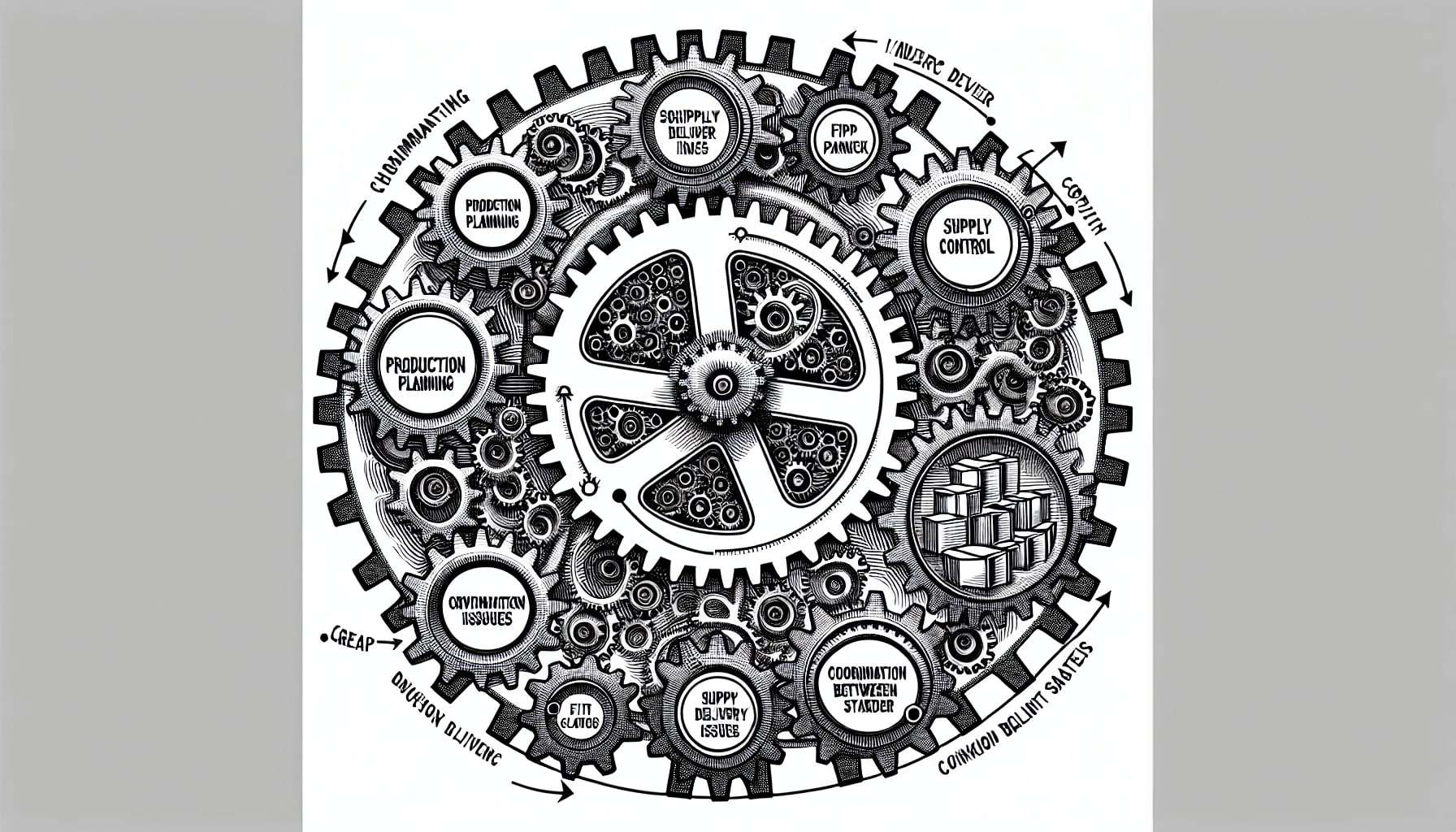
While understanding the types of fill rates and their importance is crucial, it’s equally important to understand the factors that can affect your fill rate. The fill rate can be affected by challenges in production planning and scheduling. In addition, unexpected late supply deliveries and poor inventory control can also contribute to these issues..
However, with accurate orders, solid inventory management, and dependable performance from vendors, an efficiently fulfilled order process that leads to a high fill rate can be achieved.
Production Planning
Efficient production planning is key to achieving a high fill rate as it ensures that products are available to fulfill customer orders. By aligning inventory levels with customer demand through production planning, businesses can:
- Minimize the occurrence of stockouts or backorders
- Improve customer satisfaction
- Increase sales and revenue
- Reduce carrying costs and inventory holding costs
- Optimize production efficiency and reduce waste
All of these factors contribute to a higher fill rate and overall business success.
Supply Delivery Issues
The quality and timing of deliveries from suppliers can have a significant impact on fill rate. Low-quality inputs can lead to increased defects or returns, deteriorating the fill rate.
When suppliers deliver inputs late, it can lead to a direct decrease in fill rate due to the inability to fulfill orders within the expected time frame.
Inventory Control
Robust inventory control systems play a vital role in maintaining high fill rates by preventing stockouts and ensuring products are ready for shipment. Utilizing real-time inventory tracking technologies aids in maintaining accurate inventory levels which contributes to a higher fill rate.
Coordination Between Stakeholders
Effective communication and collaboration among supply chain stakeholders are crucial for achieving a high fill rate. Vendor fill rate, for instance, is indicative of efficient collaboration, planning, and forecasting amongst suppliers and stakeholders.
Real-time tracking and monitoring of goods through IoT, integrated with WMS, can optimize storage and order processing, thus aiding in coordination among supply chain stakeholders.

In the digital age, technology plays a significant role in optimizing fill rates. Digital solutions such as Warehouse Management Systems (WMS) and logistics software are instrumental in enhancing fill rates by streamlining operations and improving inventory management.
Warehouse Management Systems (WMS)
A Warehouse Management System (WMS) can increase fill rates by enabling better demand forecasting, automating inventory levels and locations, and facilitating more efficient order processing. Implementing a WMS can lead to improvements in suggested order and actual order processes, aligning product delivery more closely with demand, improving fill rates.
Logistics Software
Logistics software provides an extra boost to the fill rate by offering:
- Improved demand forecasting
- Better inventory allocation
- Effective inventory management
- Optimized order fulfillment
All of these factors, supported by logistics software, contribute to the achievement of higher fill rates.
One might wonder how fill rate applies outside the realm of inventory management. In the world of digital advertising, fill rate takes a slightly different form but retains its core essence. The ad fill rate measures an ad network’s performance in filling advertising requests by showing ads in an app, aiming for a rate above 85% for optimal efficacy.
What is Ad Fill Rate?
In the context of digital advertising, ad fill rate is a performance metric used to measure the success rate of ad delivery. The calculation is similar to the one used in inventory management, where the number of ad impressions that are actually delivered is divided by the number of ad requests made, then multiplied by 100 to get a percentage.
How to Calculate Ad Fill Rate
Calculating ad fill rate involves dividing the total number of ad impressions by the total number of ad requests, including each individual ad request for ad units, and then converting that figure into a percentage.
Increasing ad fill rate can be achieved by ensuring a high supply of ads in the ad inventory to fill the available ad slots on the website, and utilizing most ad networks and an ad server can help in this process.
Summary
In the vast landscape of business operations, fill rate emerges as a crucial metric that transcends industries, from inventory management to digital advertising. Its importance cannot be overstated, as it directly impacts customer satisfaction, operational efficiency, and ultimately, business success. Whether it’s maintaining a high fill rate in your warehouse, improving vendor fill rate, or optimizing ad fill rate on your website, the key lies in understanding the concept, its calculation, and the strategies to improve it. As businesses continue to evolve in this digital age, the fill rate remains a constant measure of success, a testament to its enduring importance.
Frequently Asked Questions
The fill rate, also known as the order fulfillment rate, is the proportion of customer orders successfully shipped from available stock without sales being lost to backorders or stockouts. This helps in understanding how efficiently orders are being fulfilled.
The fill rate is calculated by dividing the number of fulfilled orders by the total number of orders and multiplying the result by 100 to get a percentage.
What is a good fill rate?
A good fill rate is typically above 85%, signaling efficient order fulfillment and high customer satisfaction.
To improve your fill rate, focus on efficient production planning, timely supply deliveries, effective inventory control, and seamless coordination among supply chain stakeholders. These steps will help optimize your fill rate and enhance overall supply chain performance.
Want to Streamline Your Order Fulfillment Process and Achieve Optimal Fill Rates?
High fill rates are the key to happy customers and a thriving business. But managing inventory, coordinating with suppliers, and ensuring efficient order processing can be complex challenges.
Orders in Seconds can help.
Our mobile apps, OIS Pro App and OIS eCommerce App, empower wholesale distributors and manufacturers to simplify order taking, boost efficiency, and improve communication throughout the order fulfillment process. This way, you can achieve higher fill rates, reduce backorders, and ultimately, keep your customers satisfied.
Contact Orders in Seconds today to learn more about our solutions and how we can help you optimize your fill rates!

